Piranha 3D Sequel In The Works
- Details
- Category: Coming Soon
- Published: Tuesday, 24 August 2010 07:30

DIMENSION FILMS ANNOUNCES THAT PIRANHA 3D – THE SEQUEL IS IN THE WORKS
Add a comment
DIMENSION FILMS ANNOUNCES THAT PIRANHA 3D – THE SEQUEL IS IN THE WORKS
Add a comment
The Fall and Holidays are fast approaching and CineMovie has your previews and trailers to the movies hitting a theater near you for the remaining months of 2010. A handful of sequels dominate the list (Resident Evil, Saw, Little Fockers) but the most anticipated sequel this year is the second to the last of the Harry Potter movies - Harry Potter and the Deathly Hallows Part 1. Other CineMovie picks include Easy A, a comedy in the vain of Mean Girls with up and coming actress Emma Stone and the vampire flick Let Me In starring Kick Ass' Chloe Moretz.
Add a comment
 Summit Entertainment has confirmed that Academy Award® winner Bill Condon will direct THE TWILIGHT SAGA: BREAKING DAWN, based on the fourth novel in author Stephenie Meyer’s Twilight series. THE TWILIGHT SAGA: BREAKING DAWN, is currently being written by Melissa Rosenberg, and will star Kristen Stewart, Robert Pattinson and Taylor Lautner. Wyck Godfrey, Karen Rosenfelt, and Stephenie Meyer will produce the project.
Summit Entertainment has confirmed that Academy Award® winner Bill Condon will direct THE TWILIGHT SAGA: BREAKING DAWN, based on the fourth novel in author Stephenie Meyer’s Twilight series. THE TWILIGHT SAGA: BREAKING DAWN, is currently being written by Melissa Rosenberg, and will star Kristen Stewart, Robert Pattinson and Taylor Lautner. Wyck Godfrey, Karen Rosenfelt, and Stephenie Meyer will produce the project.
New Photo: Robert Pattinson, Taylor Lautner, and Kristen Stewart in TWILIGHT: ECLIPSE
"Bringing Stephenie Meyer's BREAKING DAWN to the screen requires a graceful and intelligent hand and we believe Bill Condon is exactly the right steward, having shown equal and abundant talents of immense creativity and subtle sensitivity,” said Erik Feig, President of Production and Acquisitions, for Summit Entertainment.
Added author Stephenie Meyer, "I'm so thrilled that Bill wants to work with us. I think he's going to be a great fit, and I'm excited to see what he does with the material."
“I'm very excited to get the chance to bring the climax of this saga to life on-screen. As fans of the series know, this is a one-of-a-kind book - and we're hoping to create an equally unique cinematic experience," said Bill Condon.
THE TWILIGHT SAGA: BREAKING DAWN illuminates the secrets and mysteries of this spellbinding romantic epic that has entranced millions.
Condon is well known for writing and directing DREAMGIRLS, KINSEY, and GODS AND MONSTERS, for which he won the Academy Award for Best Adapted Screenplay in 1999. He was nominated for a second Oscar for his screenplay for the movie musical CHICAGO in 2003. Most recently the multi-hyphenate directed the pilot episode for the Showtime series “The Big C” and produced the 81st Annual Academy Awards telecast, hosted by Hugh Jackman.
The third film in the franchise, THE TWILIGHT SAGA: ECLIPSE is due in theaters on June 30, 2010.
On March 6th, Warner Brothers will proudly present the film adaptation of the seminal graphic novel WATCHMEN, one of the most highly-anticipated movie events of 2009. Now take a look at the special edition WATCHMEN movie posters for the Spanish market.

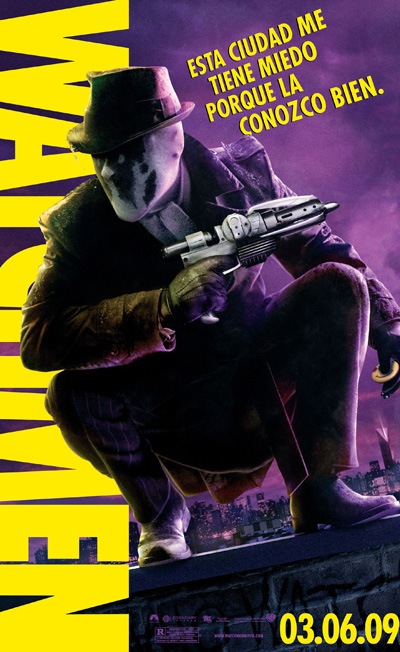
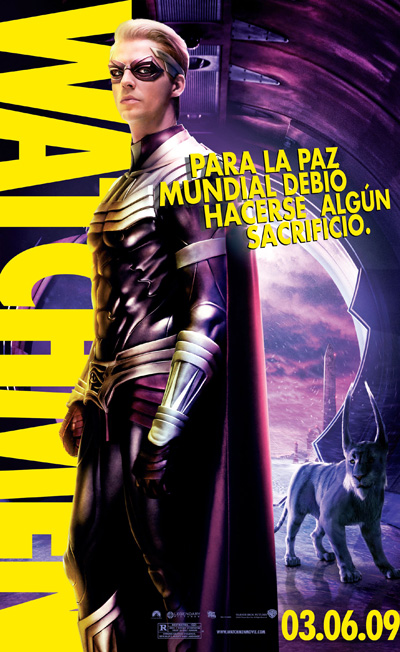



Add a comment
BURBANK, CA, August 14, 2008 – Warner Bros. Pictures today announced that it has moved back the release date of “Harry Potter and the Half-Blood Prince” to Summer 2009. The sixth installment of the blockbuster Harry Potter franchise will now open day-and-date domestically and in the major international markets on July 17, 2009. The announcement was made by Alan Horn, President and Chief Operating Officer, Warner Bros.
In making the announcement, Mr. Horn stated, “Our reasons for shifting ‘Half-Blood Prince’ to summer are twofold: we know the summer season is an ideal window for a family tent pole release, as proven by the success of our last Harry Potter film, which is the second-highest grossing film in the franchise, behind only the first installment. Additionally, like every other studio, we are still feeling the repercussions of the writers’ strike, which impacted the readiness of scripts for other films—changing the competitive landscape for 2009 and offering new windows of opportunity that we wanted to take advantage of. We agreed the best strategy was to move ‘Half-Blood Prince’ to July, where it perfectly fills the gap for a major tent pole release for mid-summer.”
Jeff Robinov, President of Warner Bros. Motion Picture Group, confirmed, “The release date change does not alter the production schedule for this or future Harry Potter films. Post-production on ‘Half-Blood Prince’ was completed on time, and the studio’s release plans for the two-part ‘Harry Potter and the Deathly Hallows’ will not be affected by this change. We know Harry Potter fans are eagerly anticipating seeing the final chapters unfold onscreen. In fact, the good news for them is that the gap will now be shortened between ‘Half-Blood Prince’ and the first part of ‘Harry Potter and the Deathly Hallows.’”
Commenting on the release date change for “Harry Potter and the Half-Blood Prince,” David Heyman, the producer of all the Harry Potter films, offered, “When Jeff Robinov explained the rationale behind moving the release date of ‘Harry Potter and the Half-Blood Prince’ to July 2009, it was immediately apparent that this offered us the potential to reach the widest possible audience. I am extremely proud of this latest film and of the work of David Yates and our incomparable cast; I believe we have developed and pushed the series further still. We are all looking forward to sharing it with Harry Potter fans around the world, even if we have to wait just a bit longer.”
David Yates, the director of both “Harry Potter and the Order of the Phoenix” and “Harry Potter and the Half-Blood Prince” and who will also helm “Harry Potter and the Deathly Hallows,” added, “It has been a joy to work on ‘Harry Potter and the Half-Blood Prince.’ Dan, Rupert and Emma and all our returning young cast continue to blossom, and our new cast members bring fresh color and life to Hogwarts. Even as we put the finishing touches on this latest film, we are already beginning preparations on the final two films—we start filming in February—and I am excited to bring this remarkable series to the exciting and moving conclusion its loyal fans deserve.”
In “Harry Potter and the Half-Blood Prince,” Voldemort is tightening his grip on both the Muggle and wizarding worlds and Hogwarts is no longer the safe haven it once was. Harry suspects that dangers may even lie within the castle, but Dumbledore is more intent upon preparing him for the final battle that he knows is fast approaching. Meanwhile, the students are under attack from a very different adversary as teenage hormones rage across the ramparts. Love is in the air, but tragedy lies ahead and Hogwarts may never be the same again.
Warner Bros. Pictures presents a Heyday Films production, “Harry Potter and the Half-Blood Prince.” David Yates, who directed last year’s summer blockbuster “Harry Potter and the Order of the Phoenix,” returns to direct “Harry Potter and the Half-Blood Prince.” David Heyman and David Barron are the producers, with Lionel Wigram serving as executive producer. Steve Kloves wrote the screenplay, based on the book by J.K. Rowling.
Daniel Radcliffe, Rupert Grint and Emma Watson are reprising their roles as young wizards Harry Potter, Ron Weasley and Hermione Granger. The film also stars Jim Broadbent, Helena Bonham Carter, Robbie Coltrane, Warwick Davis, Michael Gambon, Alan Rickman, Maggie Smith, Timothy Spall, David Thewlis and Julie Walters. The cast also features David Bradley, Jessie Cave, Frank Dillane, Tom Felton, Matthew Lewis, Evanna Lynch, Helen McCrory, Natalia Tena, Hero Fiennes Tiffin, and Bonnie Wright.
“Harry Potter and the Half-Blood Prince” will be released by Warner Bros. Pictures, a Warner Bros. Entertainment Company.
Voldemort is tightening his grip on both the Muggle and wizarding worlds and Hogwarts is no longer the safe haven it once was. Harry suspects that dangers may even lie within the castle, but Dumbledore is more intent upon preparing him for the final battle that he knows is fast approaching. Together they work to find the key to unlock Voldemort's defenses and, to this end, Dumbledore recruits his old friend and colleague, the well-connected and unsuspecting bon vivant Professor Horace Slughorn, whom he believes holds crucial information. Meanwhile, the students are under attack from a very different adversary as teenage hormones rage across the ramparts. Harry finds himself more and more drawn to Ginny, but so is Dean Thomas. And Lavender Brown has decided that Ron is the one for her, only she hadn't counted on Romilda Vane's chocolates! And then there's Hermione, simmering with jealously but determined not to show her feelings. As romance blossoms, one student remains aloof. He is determined to make his mark, albeit a dark one. Love is in the air, but tragedy lies ahead and Hogwarts may never be the same again.
Release Date: Pushed back to July 17, 2009 .
Add a comment
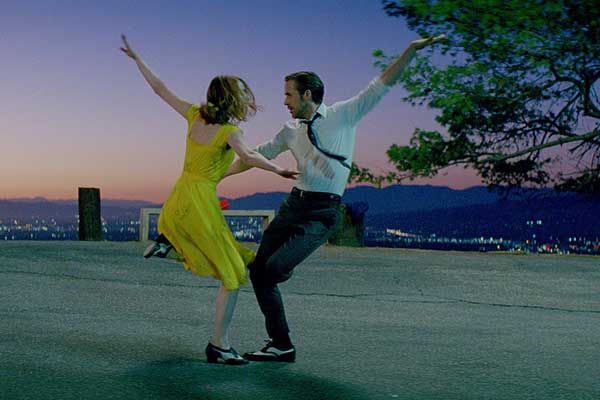
As if Ryan Gosling wasn't dreamy enough in THE NOTEBOOK, just wait until you check out his performance and singing chops in the new musical, LA LA LAND opposite Emma Stone. The movie marks the third time the pair have worked together, and judging from the new trailer, we can see why. The cover art for the soundtrack was also released. See it below.
Add a comment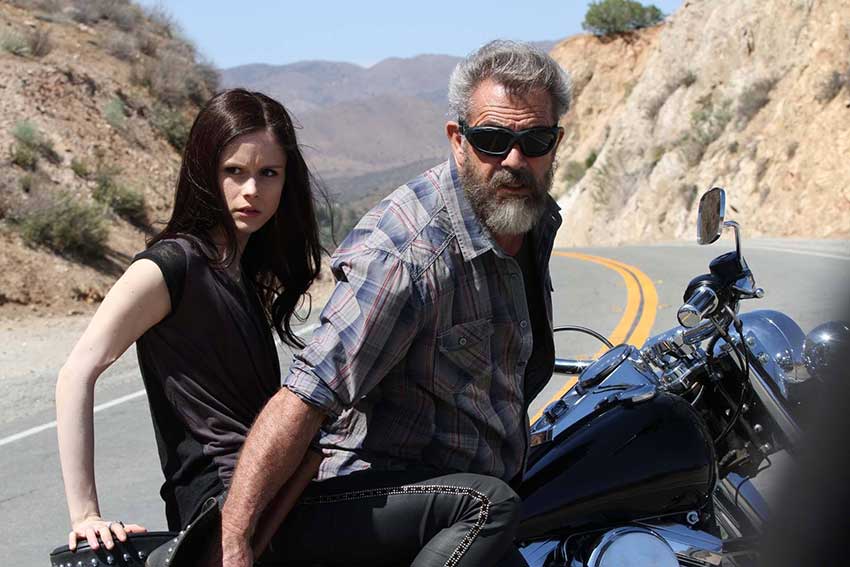
The Latino drug cartels are the new mobsters in Hollywood with yet another film centering around the underworld of drugs. Of course the backdrop makes for good drama, but it seems Latino actors are doomed to playing villains for a long time. Mel Gibson stars as a father protecting his daughter who has killed the leader of a drug cartel played by Diego Luna. Despite that, Mel Gibson is pretty bad ass with a motorcycle and shotgun in the new trailer for BLOOD FATHER.
Add a comment
From LAIKA Studios (CORALINE, PARANORMAN) comes another stop-motion animation film with KUBO AND THE TWO STRINGS starring the voice of Charlize Theron, Art Parkinson (Game of Thrones), Ralph Fiennes, George Takei, Cary-Hiroyuki Tagawa, Brenda Vaccaro, Rooney Mara, and Matthew McConaughey. Check out the new motion poster for KUBO AND THE TWO STRINGS.
Add a comment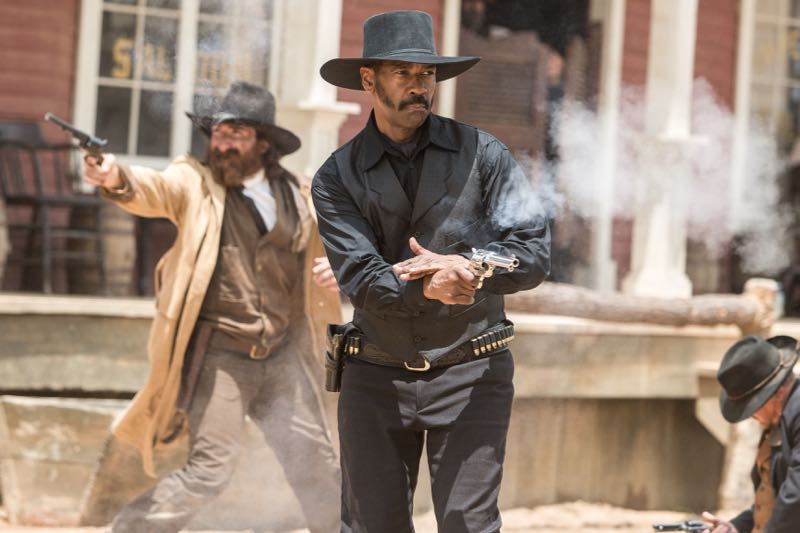
Meet the whole gang in the second trailer to Antoine Fuqua's re-imagining of THE MAGNIFICENT SEVEN. In the new preview, Denzel Washington and Chris Pratt's relationship, or lack of, is explored as we meet the posse that will fight alongside each other.
Add a comment 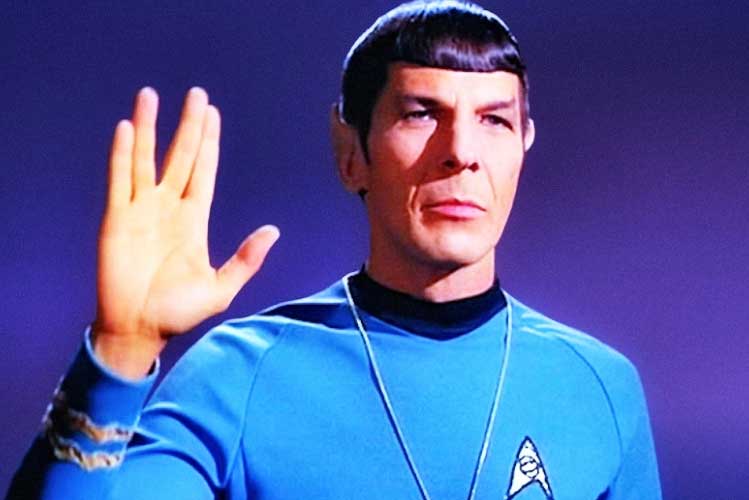
Leonard Nimoy’s son documents his famous father’s most iconic role as Spock from the STAR TREK television and movie series in a new documentary featuring his co-stars William Shatner, George Takei, Nichelle Nichols, and the new generation of STAR TREK actors Chris Pine, Zachary Quinto, Simon Pegg, Zoe Saldana, and director J.J. Abrams. Famous celebrity fans like Jim Parsons, Jason Alexander and Neil deGrasse Tyson join in remembering the great actor, artist and father.
Add a comment
King Kong is back three times in size in KONG: SKULL ISLAND, and we finally have a glimpse of the iconic monster from San Diego Comic Con 2016’s Hall H panel with Tom Hiddleston, Brie Larson, John Goodman, Corey Hawkins, Jason Mitchell and director Jordan Vogt-Roberts presenting the first look and insight into their characters in the Warner Bros. movie.
Add a comment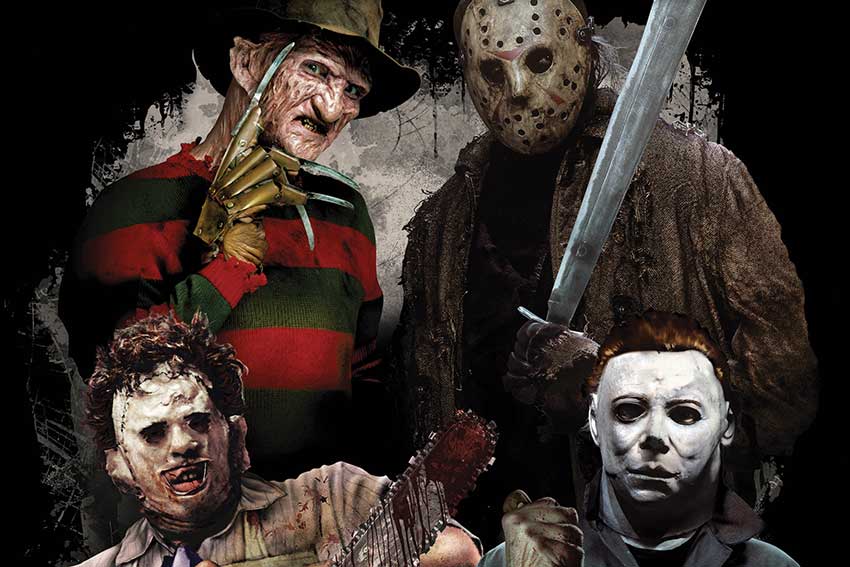
Freddy Krueger. Jason Voorhees. Leatherface. Michael Myers. The four most terrifying names in horror come together at this year’s “Halloween Horror Nights” at Universal Studios Hollywood as the silver screen’s extreme serial killers bleed into a trio of all-new slasher-themed mazes, beginning Friday, September 16, 2016. The new mazes are inspired by a trio of slasher films such as FREDDY VS JASON, THE TEXAS CHAINSAW MASSACRE AND HALLOWEEN.
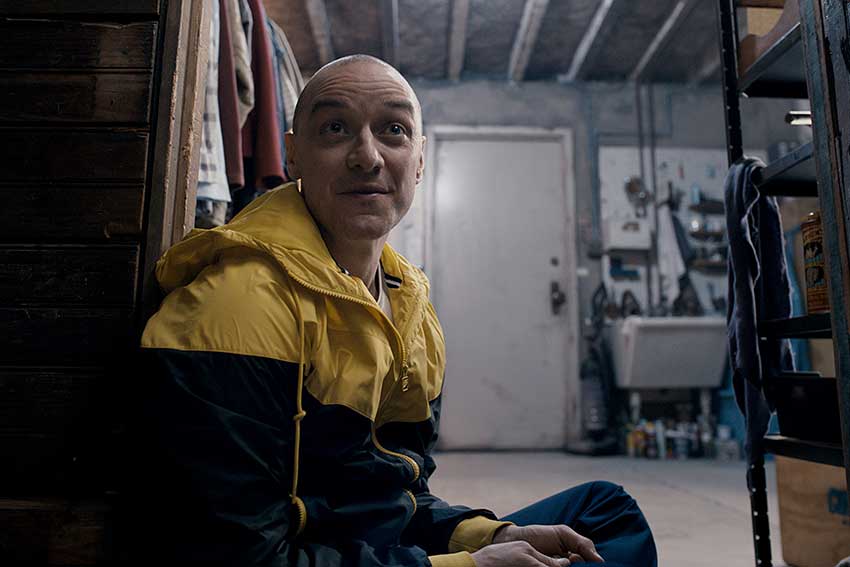
Move over Norman Bates. Another psychotic cross dresser is vying for the most creepies, and his name is Kevin played by James McAvoy. After watching M. Night Shyamalan’s trailer for SPLIT, we may never see James McAvoy quite the same as a deranged character with 23 personalities which includes a woman. Watch the disturbing first look at SPLIT.
Add a comment
Billy Bob Thornton returns as the not-so-jolly Santa in BAD SANTA 2, and this time he’s planning a heist. Take a look at the first images and movie poster for the film that also stars Christina Hendricks, Kathy Bates and Tony Cox.
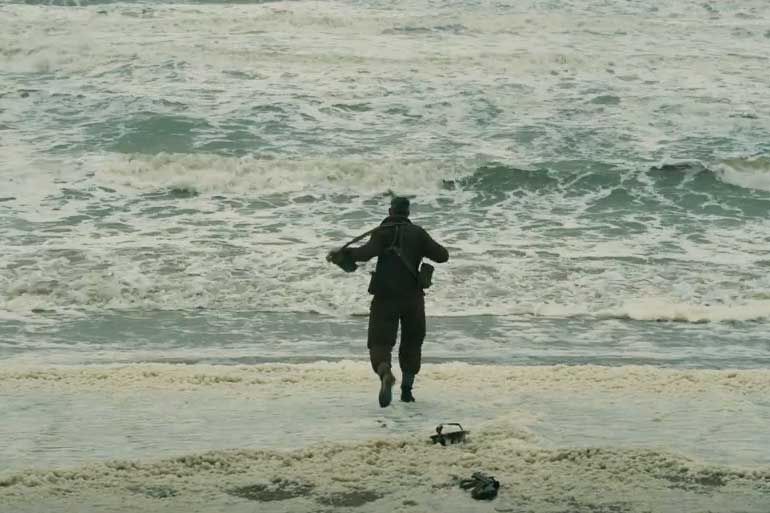
Warner Bros. released an announcement video for DUNKIRK, but the footage is more of a teaser trailer for the epic action thriller from filmmaker Christopher Nolan (“Interstellar,” “Inception,” “The Dark Knight” Trilogy). Take a look at the World War II flick, but don't expect to see the impressive cast led by Tom Hardy, Cillian Murphy, Kenneth Branaugh, Mark Rylance and boy bander Harry Styles.
Add a comment
Edgar Ramirez stars as Roberto Duran in HANDS OF STONE with Robert DeNiro as his trainer Ray Arcel in the true story of the legendary boxer. In this clip, HANDS OF STONE acks a big punch, and it showcases the first fight between boxing icons Roberto Duran (Edgar Ramirez) and Sugar Ray Leonard (Usher).
Add a comment
Neflix has released yet another trailer for "Luke Cage," the third series in the Defender franchise, and in this preview hints at a possible romance between Luke Cage (Mike Colter) and Rosario Dawson's Nurse Claire who has been the common denominator in the three series so far for Marvel's Defender franchise. The new trailer also reveals more of the women in Luke Cage's life and they're pretty bad ass with Alfre Woodard having her say.
Add a comment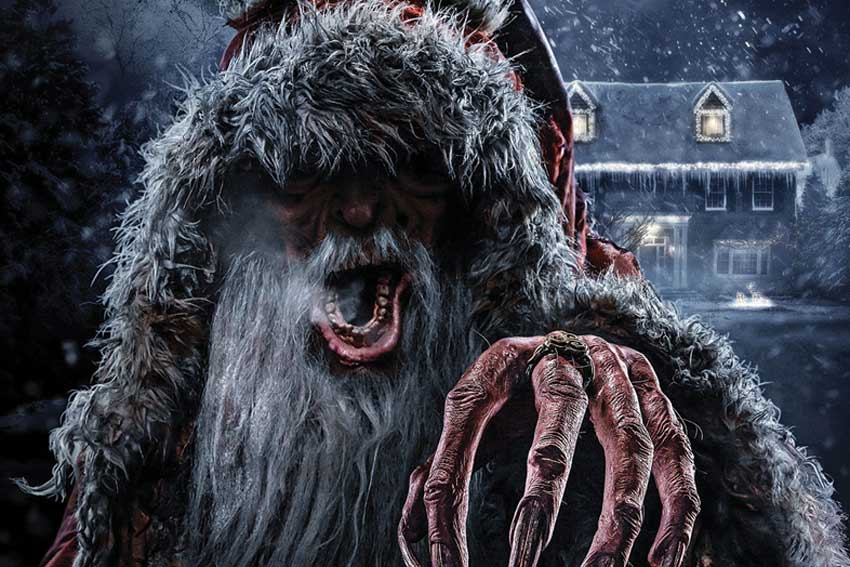
Christmas is coming a little early this year with the anti-Santa Clause haunting your nightmares at Universal Studios’ all-new “Halloween Horror Nights” maze based on the horror film KRAMPUS.
Add a comment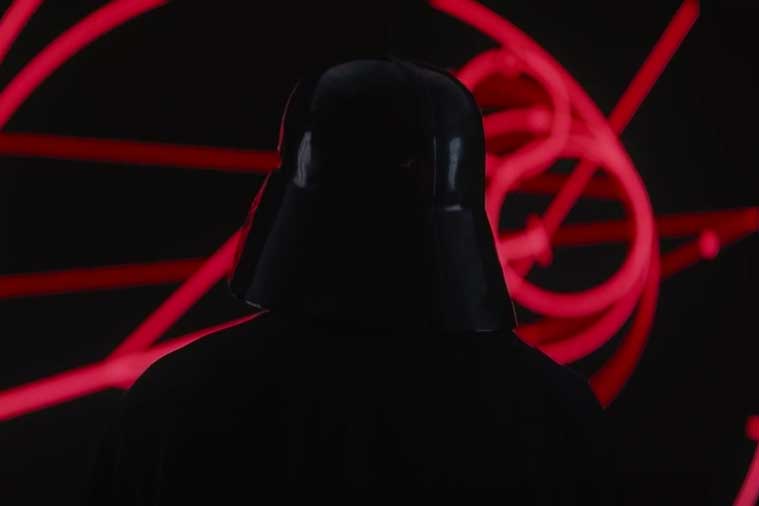
A new ROGUE ONE trailer premiered during the Olympic telecast, and Darth Vader makes a brief cameo, and we're also getting some humor by way of the former Imperial droid K-250 in the two-minute and fourteen second trailer.
Add a comment
Miller Jovovich’s Alice can’t be killed in RESIDENT EVIL as she returns to the place where the epidemic began in what they’re calling the FINAL CHAPTER. Jovovich is just as bad ass as ever in the first trailer for the sixth movie in the franchise based on Capcom's hugely popular video game series. Three new movie posters featuring Jovovich were also released (see below).
Add a comment
Brad Pitt and Marion Cotillard are lovers in the new war drama ALLIED, and we’re getting a first look at the movie in a one-minute spot.
Add a comment
Jessica Chastain stars in director John Madden's MISS SLOANE as a lobbyist fighting for gun control legislation The hot button issue will certainly cause a stir when it opens December 9, 2016. We're getting a first look at actress Jessica Chastain in court as she faces off against powerful gun lobbyist.
Add a commentThe latest news about movies and television including castings, new productions and upcoming new films.
What's coming to the streaming services? Watch what's next on Netflix, Apple TV, Hulu, Amazon Prime and other streaming platforms.
Comic book news